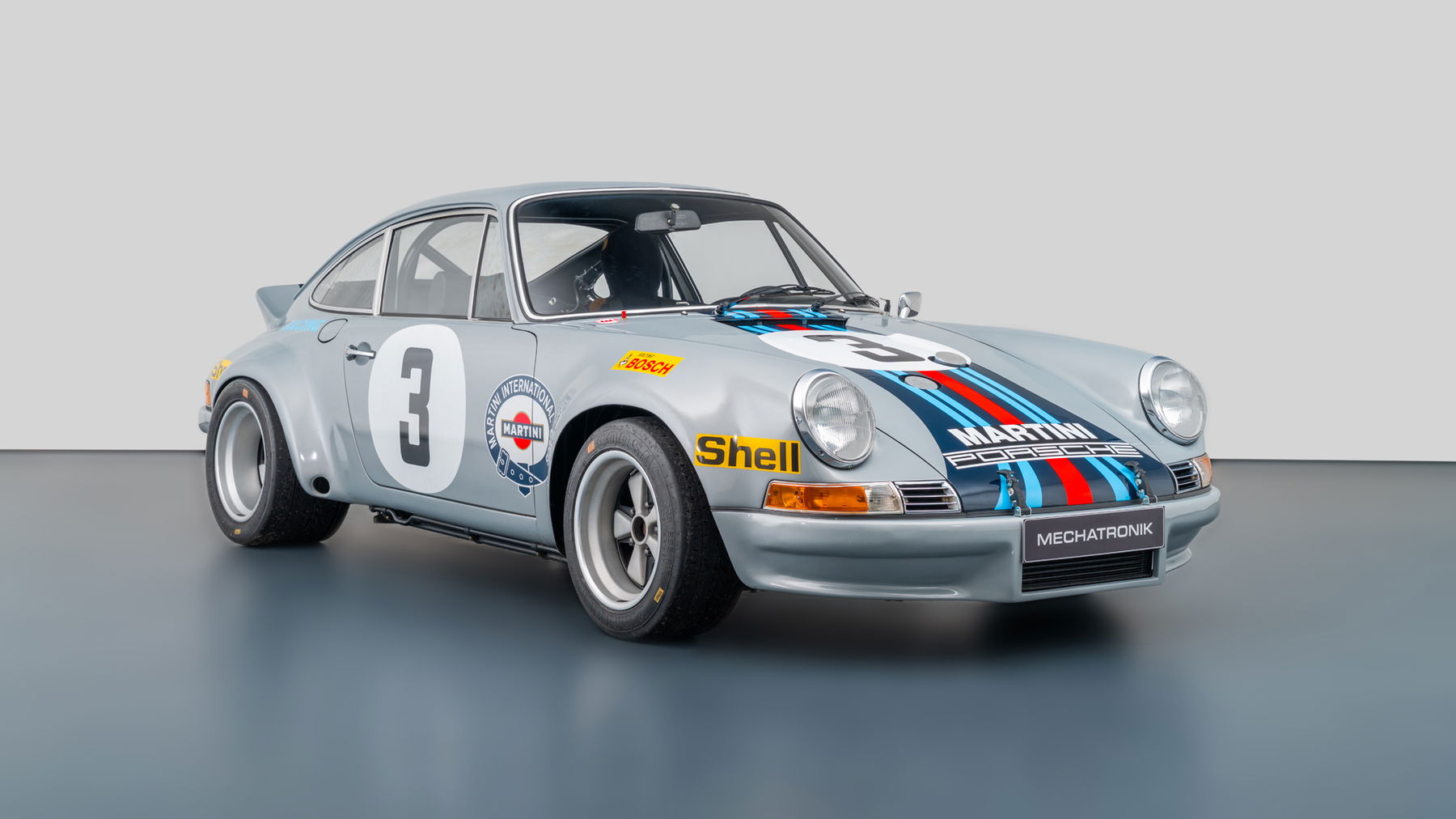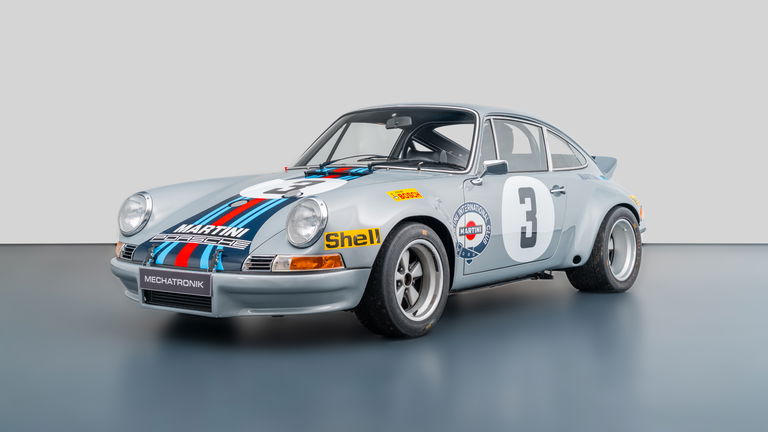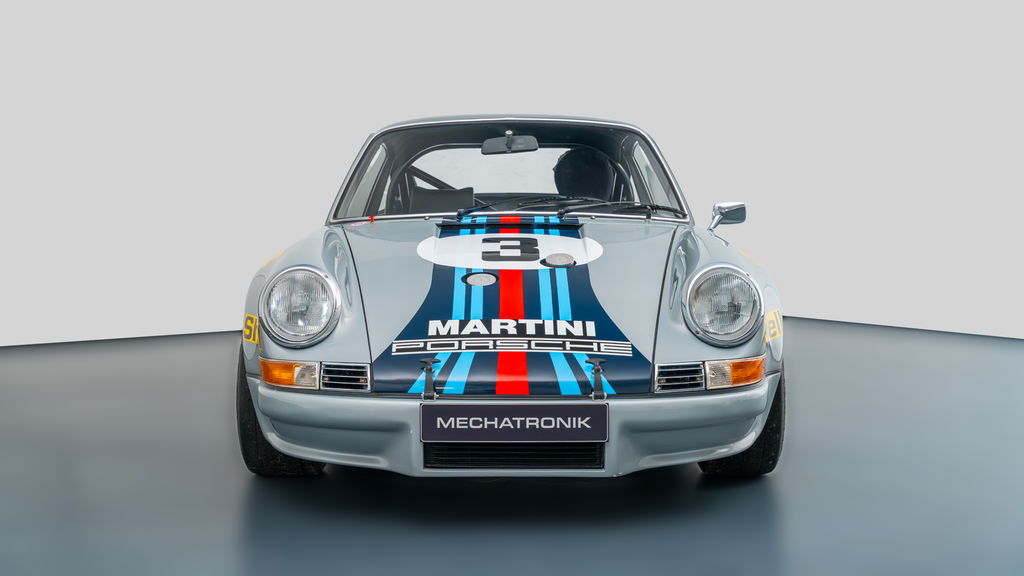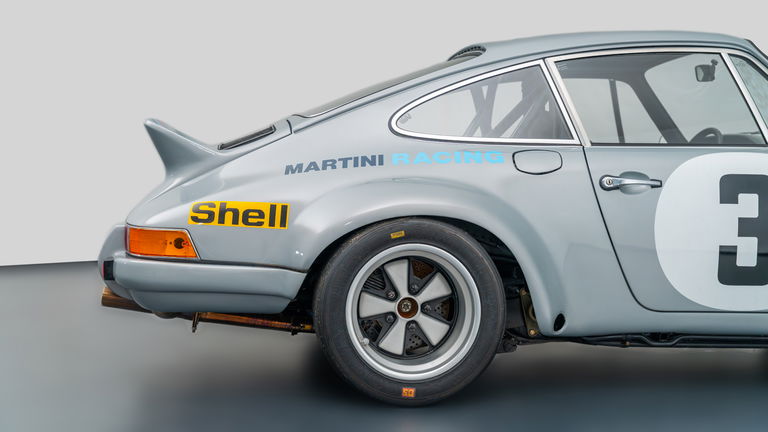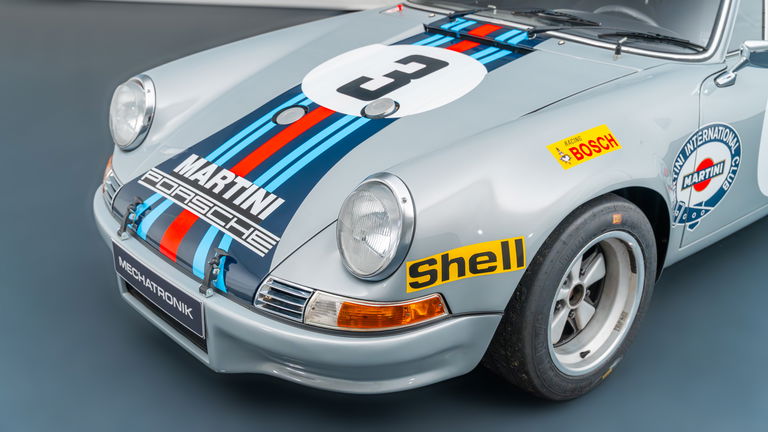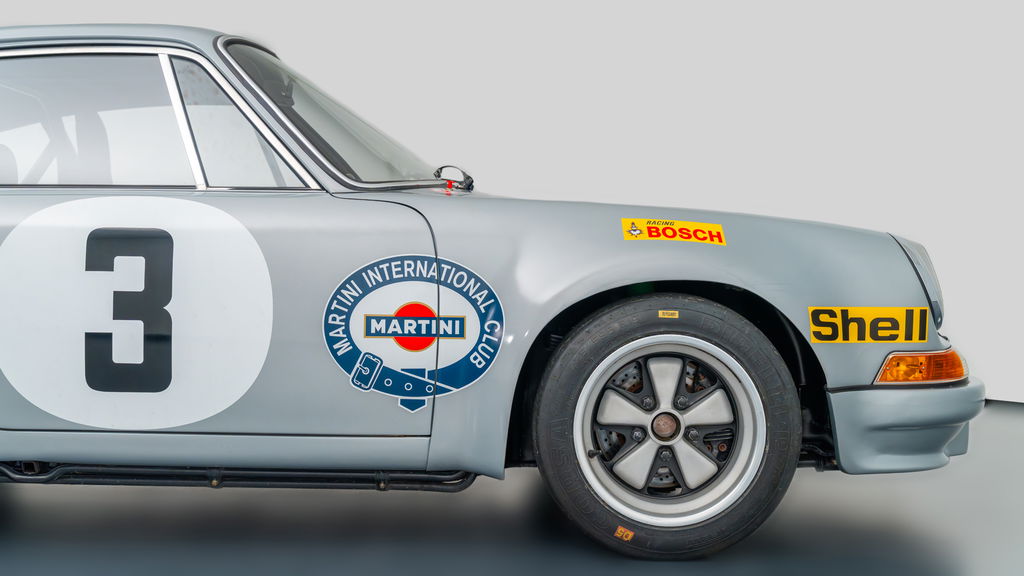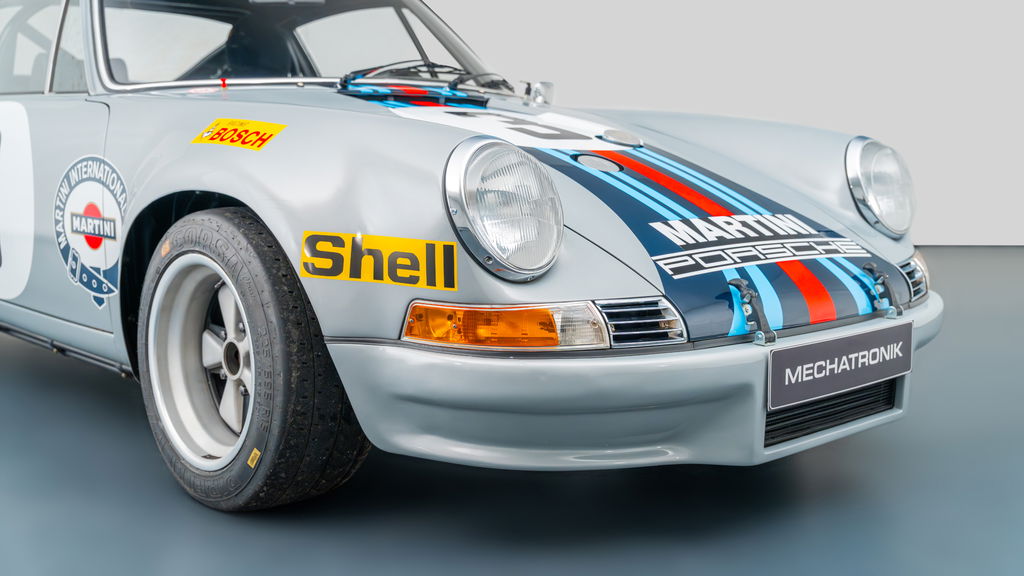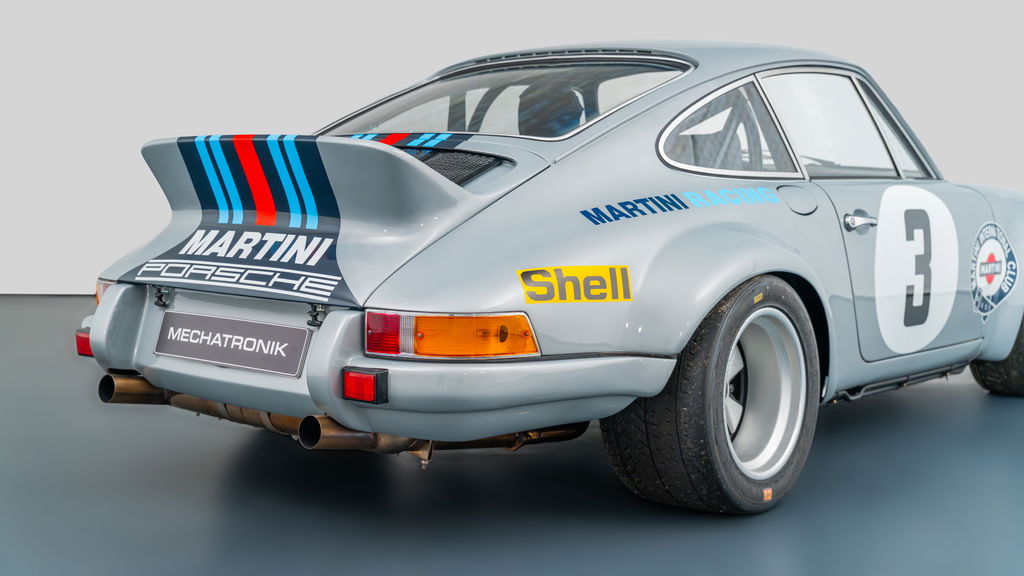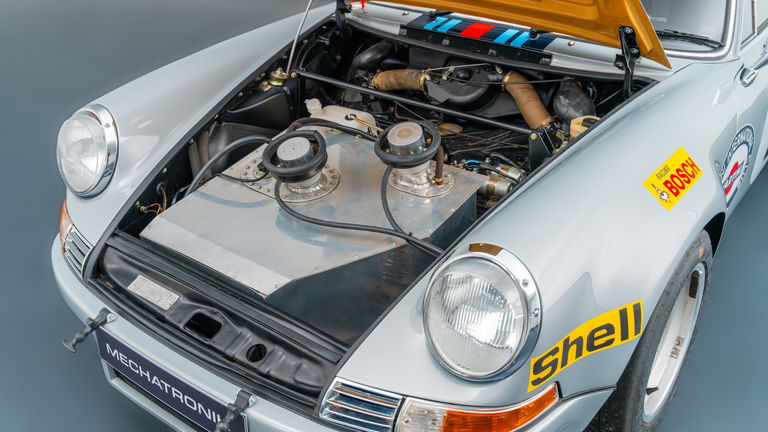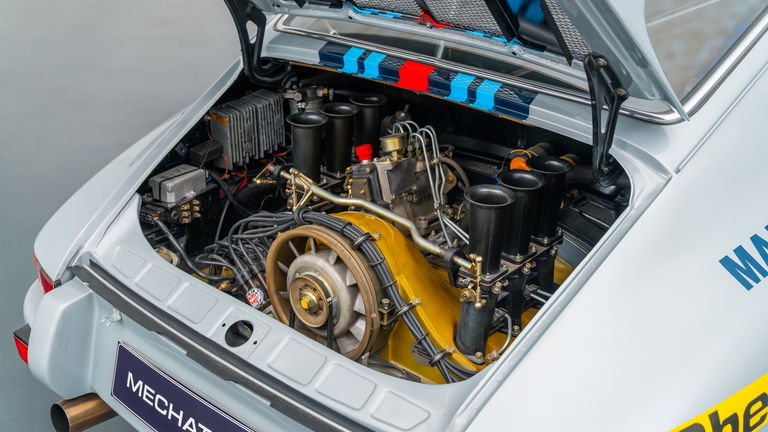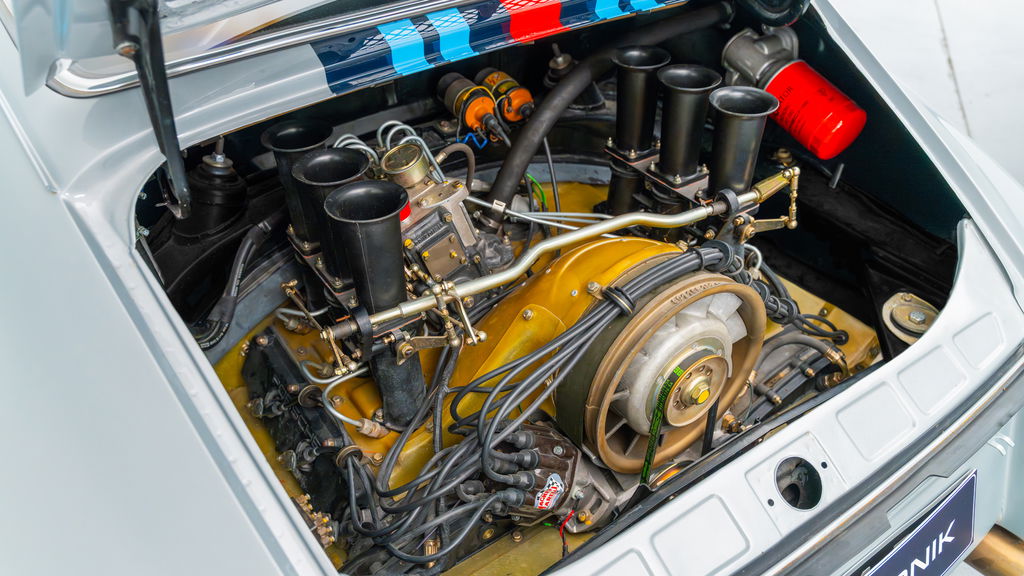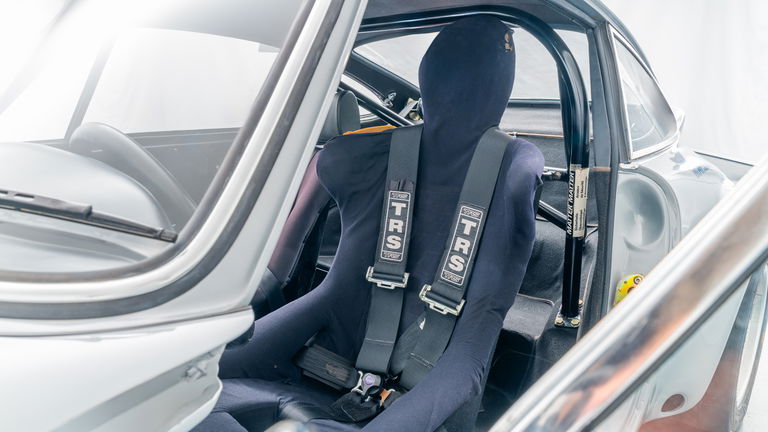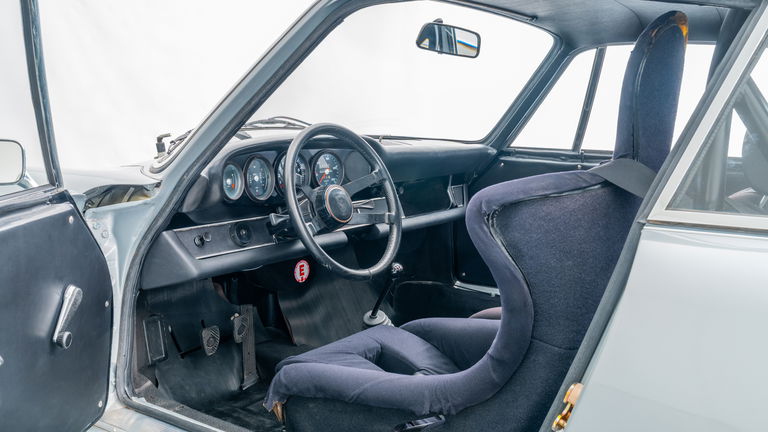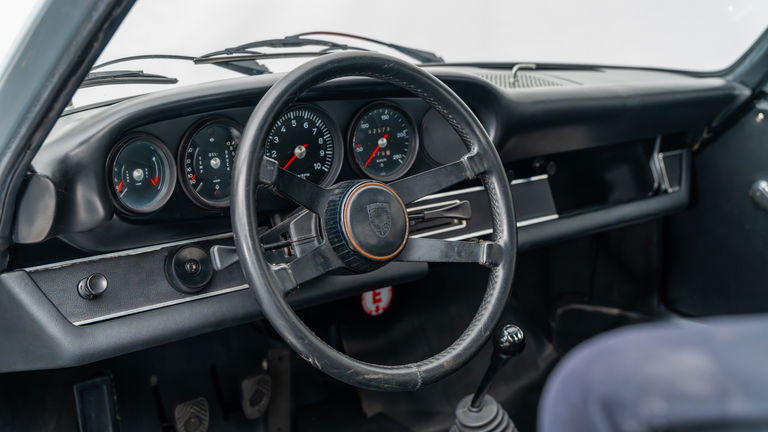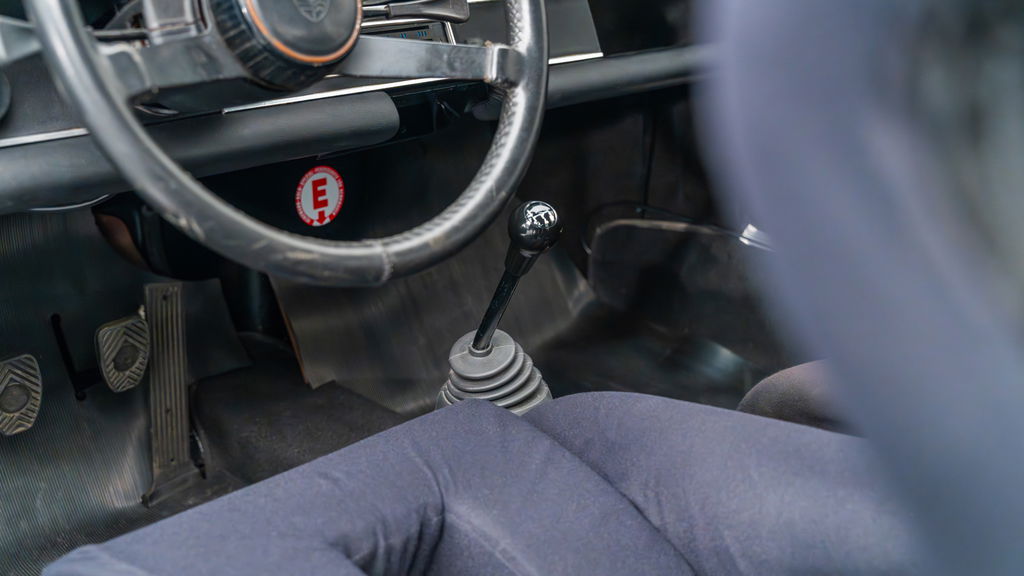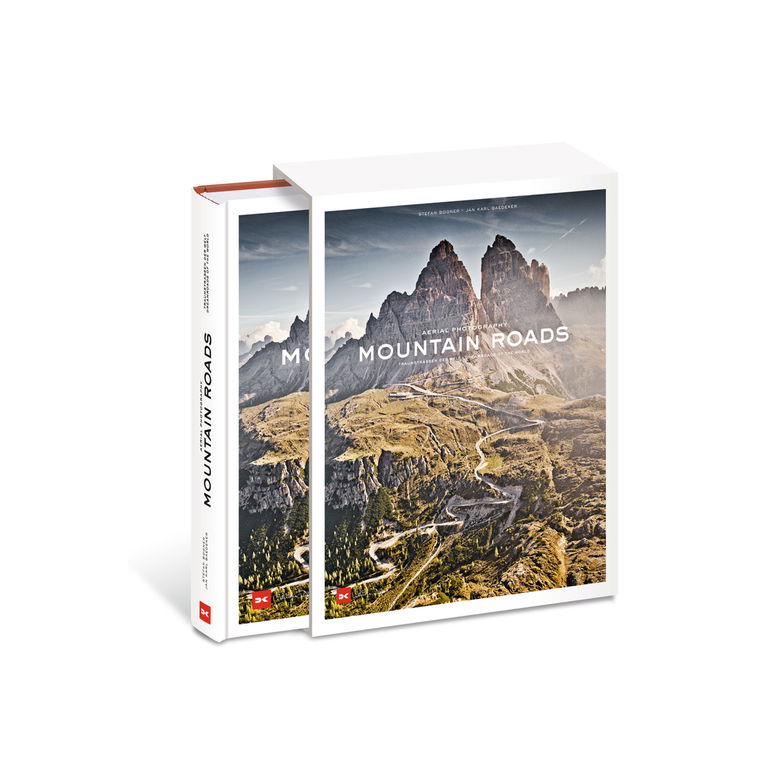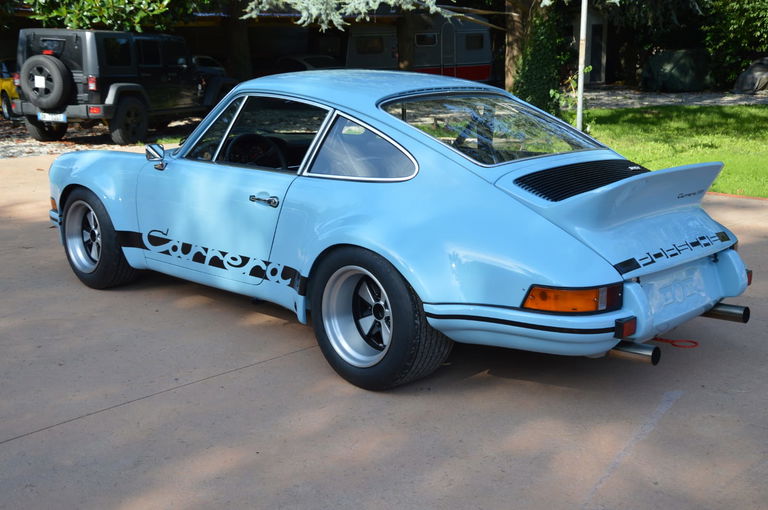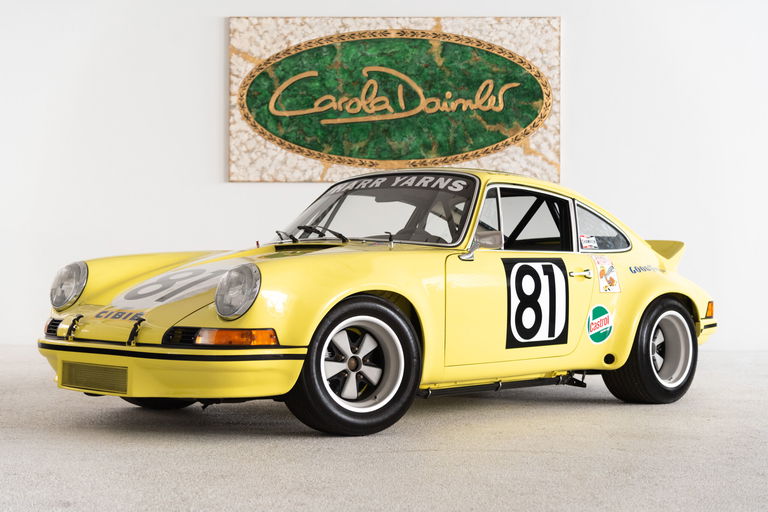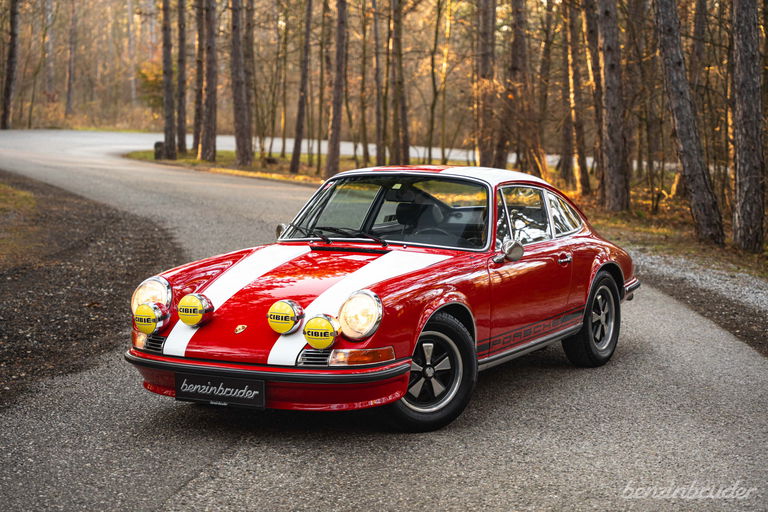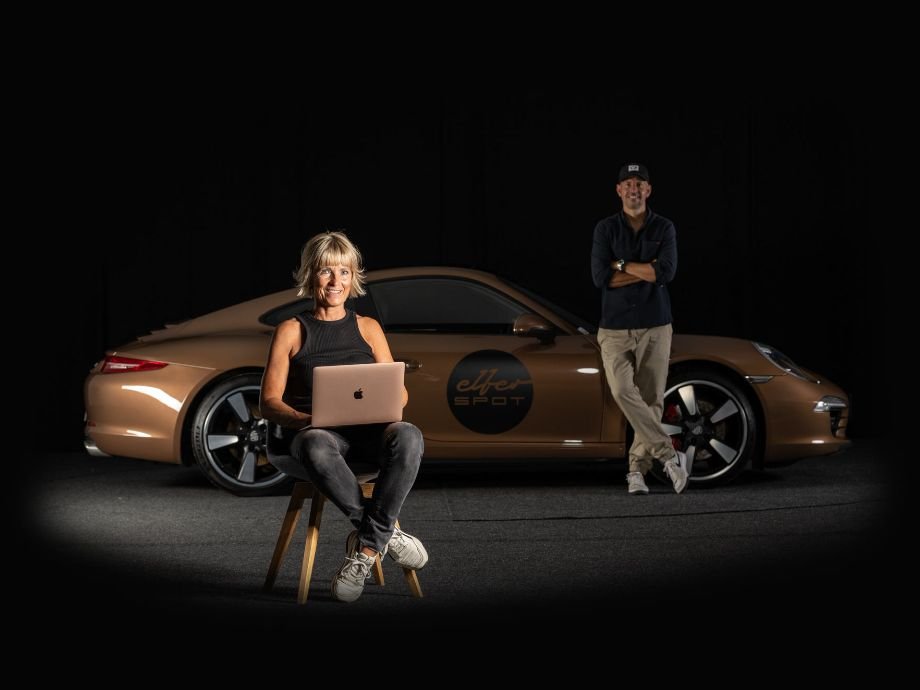The Porsche 911 Carrera 2.8 RSR
It is considered one of the most significant racing cars of the early 1970s and a milestone in the development of the 911 into one of the most successful racing platforms of all time. Introduced in 1973, the RSR was based on the Carrera RS 2.7, which in turn was born out of the need to create a vehicle homologated for motorsport. Porsche responded to the FIA Group 4 regulations in force at the time. Following the great success of the 2.7 RS, Porsche developed a further refined version for professional use on the racetrack, resulting in the Carrera 2.8 RSR. Its goal was maximum performance with the lowest possible weight and maximum reliability. The RSR received numerous technical and aerodynamic modifications compared to the RS. Under the hood was an air-cooled six-cylinder boxer engine with a displacement of 2,808 cc, equipped with a mechanical fuel injection system from Bosch and new dual ignition systems. This technology enabled an output of around 308 hp at 8,000 rpm. These were impressive figures for a car that weighed just over a ton. A dry sump lubrication system ensured optimum lubrication under extreme racing conditions. The redesigned crankcase and lighter pistons contributed to high stability. The chassis was significantly revised compared to the production model. Porsche used harder torsion bars, Bilstein shock absorbers, and adjustable stabilizers. Wider axles and the installation of spacers allowed for a significantly larger track width, which noticeably improved road holding. The RSR stood on wide magnesium rims in Fuchs design with central locks, which were fitted with special slick tires. The brake system came from the 917, Porsche's legendary Le Mans prototype, and guaranteed exceptional deceleration values.
Externally, the 2.8 RSR was immediately recognizable by its strongly flared fenders and the characteristic ducktail rear spoiler, which had already been introduced on the RS 2.7, but provided even more downforce on the RSR in an even larger version. Front spoilers, lightweight windows, and aluminum components rounded off the consistent lightweight construction concept. The vehicle weighed around 960 kilograms. This was a decisive factor in its enormous agility. Inside, everything was geared towards functionality and weight reduction. The RSR had no insulation materials, no carpets, and no comfort features. A roll cage, bucket seats, racing harnesses, and a covered dashboard characterized the interior. The instrumentation remained typically Porsche, clearly focused on the driver. The 2.8 RSR made its debut in 1973 at the 24 Hours of Daytona, where it immediately took overall victory. This was a spectacular success for a vehicle that was still in the development phase. The RSR also proved to be virtually unbeatable at the Targa Florio, the 12 Hours of Sebring, and numerous European endurance races. In customer hands, it achieved countless class victories and overall successes worldwide, laying the foundation for a whole series of 911 racing models. Just under 50 examples of the 2.8 RSR were built in 1973, making it one of the rarest and most sought-after variants of the classic 911. Its combination of purist technology, uncompromising lightweight construction, and race-ready reliability made it one of the most legendary Porsche racing cars ever built. To this day, the Carrera 2.8 RSR remains a symbol of the connection between road cars and racing machines. It is a car that embodies the DNA of Porsche motorsports like no other.
About the vehicle offered here
This is the only prototype of the 2.8 RSR and bears the chassis number 9113600002. According to the Porsche certificate, its history began as a standard 911 S in March 1972 with the intended use "Porsche AG company car, test vehicle." In August 1972, it was finally converted into an RSR prototype, which was used for testing and homologation. The vehicle, which was painted red at the time, made an appearance at the 1,000 km of Zeltweg on June 25, 1972, among other events. In this race, drivers Waldegrad and Steckkönig finished in 10th place. Shortly afterwards, it was sold to the Martini Racing Team, which was led by the famous "Count Rossi." There, the vehicle was first registered on January 1, 1973, with the German license plate "LEO-ZA 60" and was painted silver. The RSR was also given the legendary Martini stripes. After an endurance test at Paul Ricard, the car was presented to the public in Paris on March 5, 1973. Historical photos show the car on a stage behind Gregorio Rossi di Montelera next to 917-053. For the press conference, the car bore the start number 3, which is currently on this RSR.
The Martini Racing Team entered several RSRs in the Targa Florio on May 13, 1973. After chassis 0974 with start number 107 was written off, this number was used for the race on chassis 0002, with which Pucci and Steckkönig ultimately finished sixth in the overall standings. The sister car, chassis 0588 with the number 8, won the race. There are many historical pictures available from this race. Martini then sold the car to tire manufacturer Dunlop, who used the prototype again for development, this time for tires. After a year in Dunlop's possession, they sold the vehicle without an engine through Peter Gregg to American Dave White, who subsequently had a new engine installed. The new engine, which is still in the vehicle today, is one of only four factory engines with a short stroke ever built. The engine had previously been used in chassis 0307 at the 1973 24 Hours of Daytona and in chassis 0588 at the 6 Hours of Vallelunga. In 1975, the racing driver sold the RSR to Edgar Ramirez, who lived in Costa Rica. Ramirez used the vehicle for the next 10 years for races in Central and South America until he sold it to racing driver Diego Febles in 1985. The new owner ran a "racing rental car" business, for which he used the prototype.
Another 10 years later, in the mid-1990s, the 911 was converted for use on public roads. The vehicle remained in this form until 2012, when Dave White, who had already owned the vehicle in the 1970s, bought it again and decided to restore the only prototype to its former glory. After Dave White passed away in 2015, John Starkey sold the car to its last private owner in France. The latter registered the vehicle in September 2018 and presented it at the "Paradis Porsche" event in Saint Tropez in October 2021. This was followed by a valuation report by Jean Pierre Cornu in 2022 and finally an FIA Historic Technical Passport in 2023. Our company finally purchased the car in 2025. Our sales staff will be happy to answer any detailed questions you may have. Please note that vehicle viewings are only possible by prior appointment.
